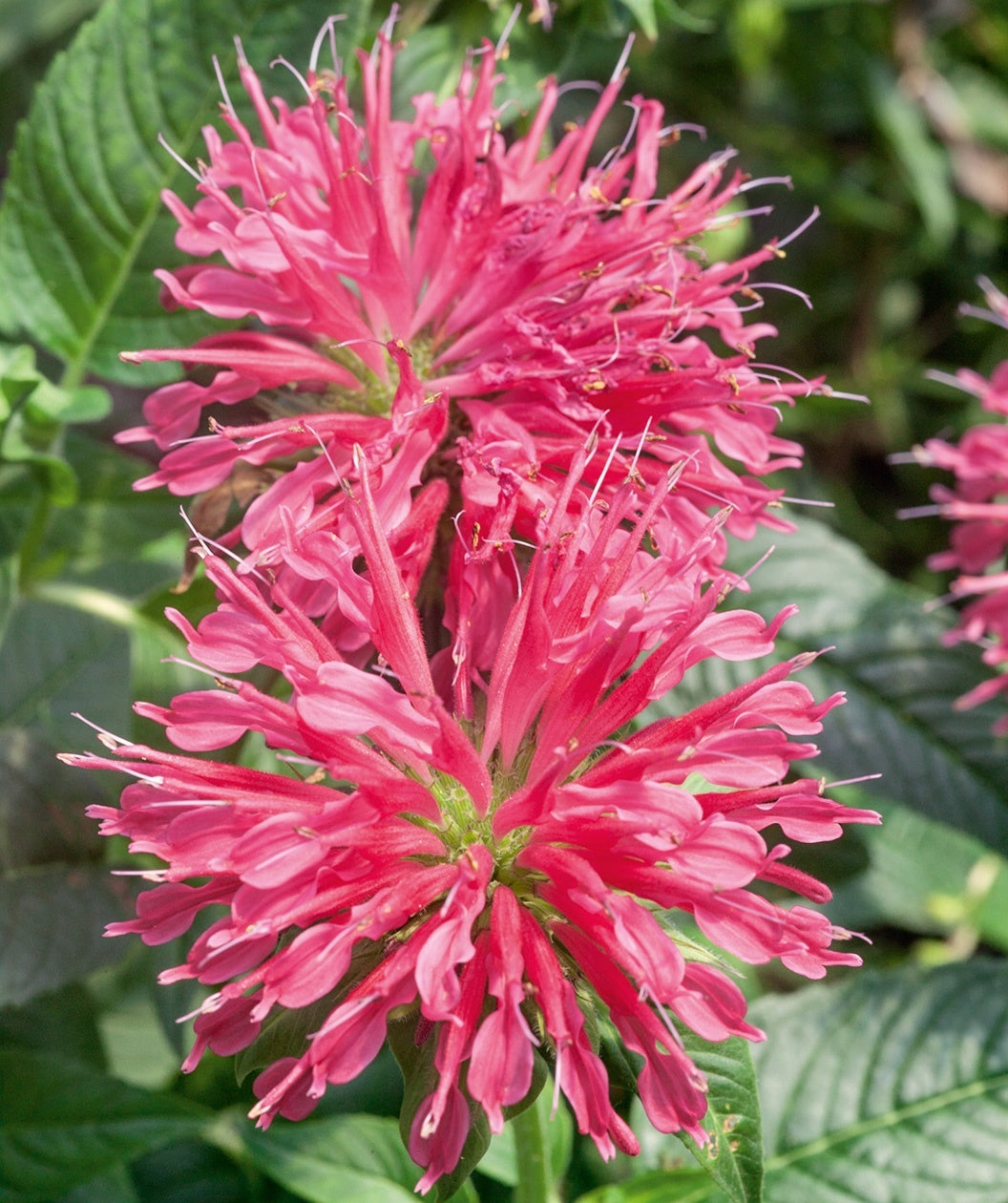


FEATURES:
- Hand Selected, Fresh from the Grower
- Ships in a plant-safe designed box
Growth Facts
- Hardiness Zone: 4-9
- Mature Height: 3-4' tall
- Mature Width: 2-3' wide
- Exposure: Full Sun/Part Shade
- Spacing: 2-3' apart
FEATURES:
- Hand Selected, Fresh from the Grower
- Ships in a plant-safe designed box
Growth Facts
- Hardiness Zone: 4-9
- Mature Height: 3-4' tall
- Mature Width: 2-3' wide
- Exposure: Full Sun/Part Shade
- Spacing: 2-3' apart
Why plant Coral Reef Bee Balm?
Vivid pink blooms and lots of ’em! Coral Reef Beebalm churns out tons of fun coral-pink blossoms that are shaped a little like a court jester’s hat. The quirky blooms bring a playful touch to the garden and to bouquets for the table. As far as the hummingbirds are concerned, however, Coral Reef blossoms are serious business. Beebalm is one of their favorite flowers, and you may need to plant multiple patches to prevent wars from breaking out! Plant this wonderful wildflower with Fireball™ Rose Mallow, Blue Fortune Anise Hyssop, and other hummer faves, and enjoy watching their maneuvers from your deck or patio.
Did you know? Beebalm contains thymol, which is the active ingredient in many mouthwashes! Beebalm is a native Spirit found all over the eastern U.S. One of its aliases is Oswego Tea, because the Oswego Indians (and later the English settlers) made an herbal tea from its minty leaves. This particular selection emerged from a controlled breeding program carried out at the Morden Research Station in Manitoba, Canada (so you know it’s hardy). Researchers crossed a bright red Beebalm called Mahogany with a mildew-resistant pink variety called Marshall’s Delight to produce Coral Reef.
How to use Coral Reef Bee Balm in the landscape?
Hummingbirds aren’t the only ones that will be crazy about your Coral Reef Beebalm. Butterflies, too, will be frequent visitors. Large, showy monarchs and swallowtails are especially fond of its sweet nectar. Look also for the fascinating little hummingbird moth to come zooming by for a drink.
Planting Zones
Hardiness Zone: 4-9
How To Plant Coral Reef Bee Balm
Coral Reef Beebalm prefers a site in morning sun and afternoon shade or in light, dappled shade all day. In cool-summer climates, full sun is acceptable. In any case, it appreciates regular moisture and doesn’t like to dry out. One common problem with Beebalm is powdery mildew, a cosmetic disease that can coat the leaves with a whitish film. Coral Reef shows a natural resistance to powdery mildew, and good air circulation and plenty of water (but no overhead irrigation) will help ward off the disease as well. Plants can spread enthusiastically, but extras are easily pulled up. Cut old stems back in late winter, before new growth emerges in early spring.
How To Fertilize
Incorporate Elements Starter Plant food granular form into the soil when planting. If planting in spring or summer, start fertilizing late fall using Elements Starter Plant food granular form on an annual basis each late fall. Continue this for the first three years to get your plant well established.




